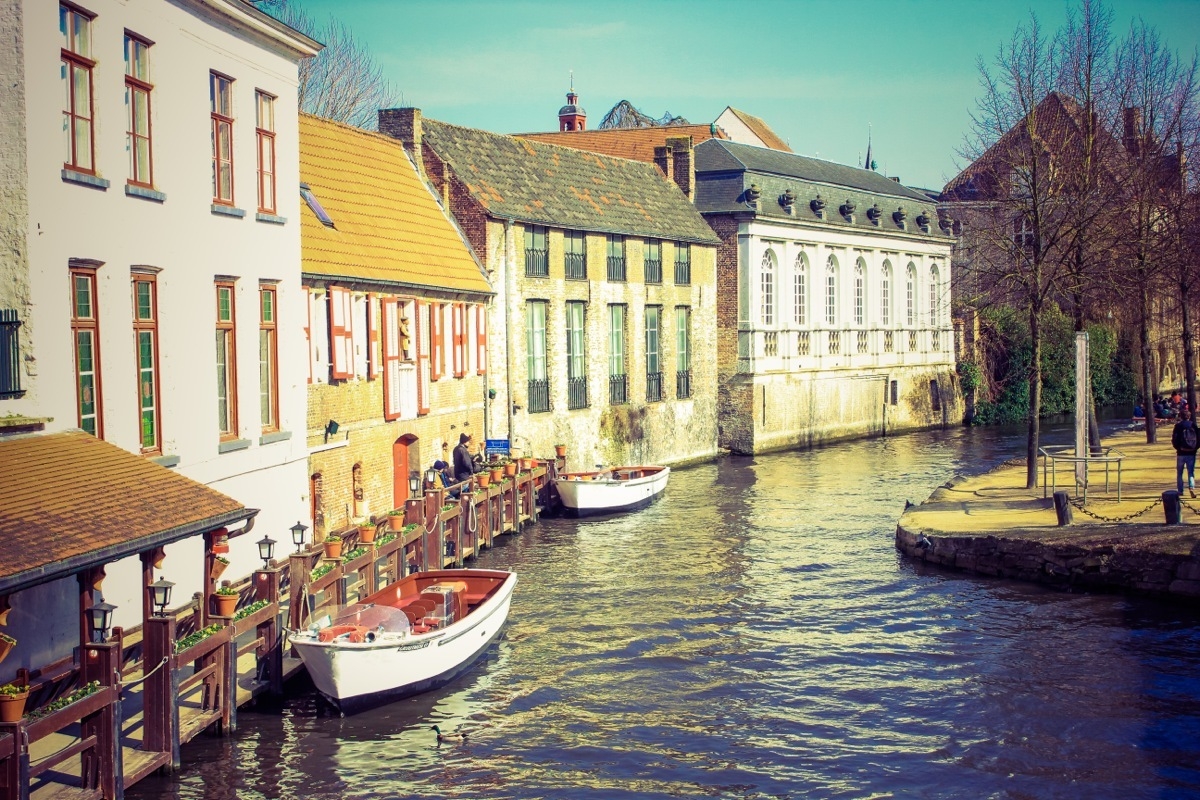
Thomas Friedman similarly described the simultaneous strengthening of a global, high technology society (symbolized by the “Lexus” car) and a resurgence of nationalism and local traditions (symbolized by the “Olive Tree,” a nurturing and nourishing symbol of belonging). He suggests that the contemporary political conflicts and threats of terrorism throughout the world can be attributed in the final analysis to the tension between these two contradictory forces, often played out within the same community and even within the same individual. Think of the global manager, who speaks English all day, video-conferences with colleagues all around the world, manages resources for the profitability of the firm, and then spends his evenings and vacations speaking his native tongue, participating in religious and ethnic communities that think and judge life from a very different perspective than his day-time environment.
In more recent years, Peter Drucker tried to make sense of this inter play between globalization and segmentalization by focusing on the “growing incongruence between economic reality and political reality”:
[B]usiness-and increasingly many other institutions as well can no longer define their scope in terms of national economies and national boundaries. They have to define their scope in terms of industries and services worldwide. But at the same time, political boundaries are not going to go away. In fact, it is doubtful that even the new regional economic units, the European Community, the North American Free Trade Zone (NAFTA) or MercoSur, the proposed economic community in South America, will actually weaken political boundaries, let alone overcome them.
Drucker pushed the image of complexity and even contradiction further by suggesting that there are actually three overlapping spheres in our contemporary postmodern world:
There is a true global economy of money and information. There are regional economies in which goods circulate freely and in which impediments to the movement of services and people are being cut back, though by no means eliminated. And then increasingly there are national and local realities, which are both economic, but above all political. And all three [spheres] are growing fast. And businesses-and other institutions, for example, universities-have no choice. They have to live and perform in all spheres, and at the same time. This is the reality on which strategy has to be based. But no management any place knows yet what this reality actually means. They are all still groping.





